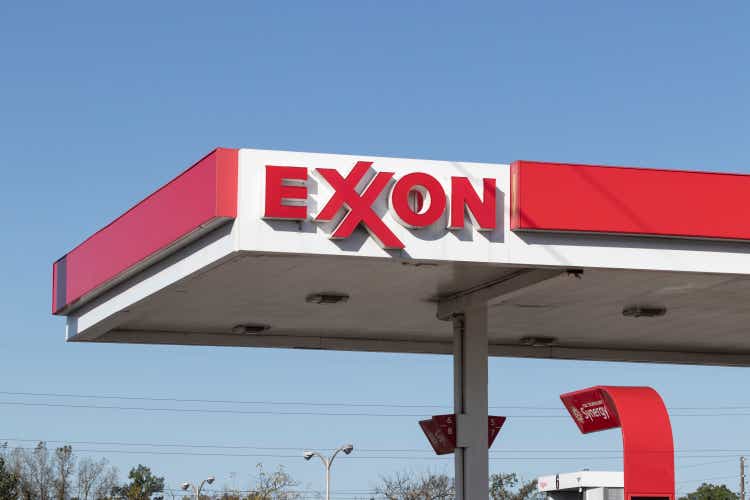The U.S. economy is actually a ‘wolf in sheep’s clothing,’ Wells Fargo says
The first-quarter GDP report showed so much deceleration and missed estimates by such a wide margin that stagflation fears are increasingly creeping into Wall Street chatter.
But the headline number of 1.6% growth was weighed down by volatile factors like a wider trade deficit and slower inventory restocking, which masked how robust consumer demand continues to be, said Wells Fargo economists in a Thursday note titled “Wolf in Sheep’s Clothing: Soft GDP Hides Surging Spending.”
To be sure, consumers are spending less on goods, and the GDP report showed that outlays on big-ticket durable goods contracted at a 1.2% annualized pace, according to the note. But that was more than offset by a surge in spending on services.
“Like a relief pitcher in the late innings, services spending came in throwing heat in the first quarter with a blistering 4.0% annualized growth rate—the fastest surge in consumer services spending since the stimulus-fueled binge in 2021,” wrote economists Tim Quinlan and Shannon Seery Grein.
Excluding 2020 and 2021, when the pandemic lockdown and reopening skewed data, growth in services spending has only topped 4% three times in the last two decades, they added. It happened once in 2014 and twice in 2004.
“Higher rates are intended to cool consumer demand; the trouble for the Fed is: it’s not working,” they said.
In fact, demand remains so strong in services that the 5.1% price increase in the sector outpaced the broader core rate of 3.7%, which was already an uptick from the prior quarter.
Meanwhile, real disposable incomes saw slower growth in the quarter, but Americans continued to spend at a faster clip, sending the personal savings rate to the lowest since the end of 2022, the note said.
But trade deficit and inventory data obscured the more robust consumer figures. Stripping out the trade impact alone would have put the first-quarter report in line with forecasts, Wells Fargo said.
Another gauge of underlying domestic demand that excludes the trade gap, inventories and government spending rose 3.1%.
“The last three quarterly prints for this measure have all come in at 3.0% or higher, signaling healthy and stable growth,” Wells Fargo concluded. “Don’t underestimate this economy.”
The bank’s note represents somewhat of a counter-narrative to the gloomy reactions elsewhere.
EY chief economist Gregory Daco told Fortune earlier that the GDP report not only undercuts talk of a re-accelerating “no landing” economy, but he warned there’s further downside risk if inflation remains stubborn, eroding incomes and keeping financial conditions tight.
David Russell, global head of market strategy at TradeStation, also told Fortune that stagflation is a growing threat. “If inflation isn’t getting better with such weak growth, you have to wonder if the trend toward lower prices will continue.”
Source link



